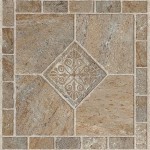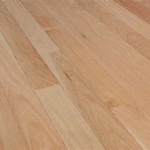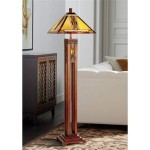Should Window Curtains Touch the Floor?
The question of whether window curtains should touch the floor is one that has sparked debate among interior designers and homeowners alike. There is no definitive answer, as the ideal choice depends on a range of factors, including personal preference, the style of the room, and the overall aesthetic. However, understanding the pros and cons of each approach can help you make an informed decision that enhances the visual appeal and functionality of your space.
Visual Appeal: Enhancing the Room's Style with Curtains
Curtains can significantly impact the visual appeal of a room, and their length plays a crucial role. Curtains that touch the floor create a sense of elegance and grandeur, adding height and sophistication to the space. They can make a room feel more formal and luxurious, especially when paired with heavier fabrics like velvet or silk. On the other hand, curtains that end slightly above the floor offer a more casual and contemporary look, emphasizing a clean and modern aesthetic. This style can be particularly effective in smaller rooms, as it avoids creating a sense of clutter or overwhelming the space.
Functionality: Balancing Aesthetics and Practicality
While the visual appeal of curtains is important, their functionality should not be overlooked. Curtains that touch the floor can be more difficult to clean and maintain, as they are more susceptible to stains and dust accumulation. They can also be a tripping hazard, especially in high-traffic areas. Shorter curtains, on the other hand, are easier to manage and maintain, and they can provide a cleaner look, particularly in modern and minimalist designs.
Practical Considerations: The Importance of Window and Room Size
When deciding whether to opt for floor-length curtains or shorter options, it's crucial to consider the size of the windows and the overall dimensions of the room. In large spaces with high ceilings, floor-length curtains can create a sense of balance and proportion. In smaller rooms, however, floor-length curtains can make the space feel cramped and overwhelming. In these cases, shorter curtains that end above the floor can create a more airy and spacious feel.
The Impact of Fabric Choice
The type of fabric used for curtains also influences the decision of whether to choose floor-length or shorter curtains. Heavier fabrics like velvet and tapestry lend themselves well to floor-length curtains, as their weight and texture create a dramatic and luxurious effect. Lighter fabrics like linen and cotton, on the other hand, can be more visually appealing when they end slightly above the floor, as they provide a more casual and relaxed aesthetic.
Customization and Versatility
Ultimately, the decision of whether to choose floor-length or shorter curtains is a matter of personal preference and should align with the overall design scheme of the room. Both options offer their own unique aesthetic appeal and functional benefits. If you are unsure, consider experimenting with different lengths and fabrics to see what works best for your space. You can also use a combination of both floor-length and shorter curtains to create a more dynamic and interesting look.

Should Curtains Touch The Floor Expert Tips Shade Store

Should Curtains Touch The Floor Expert Tips Shade Store

How Close To The Floor Should Your Drapes Hang Ask Expert Style Boston Com Real Estate

Should Curtains Touch The Floor Expert Tips Shade Store

Should Curtains Touch The Floor Expert Tips Shade Store

Should Curtains Touch The Floor Expert Tips Shade Store

When Should Curtains Touch The Floor Quickfit Blinds And

Curtain Length Dilemma To Touch Or Not The Ground F J Outdoors

Should Curtains Touch The Floor

Should Curtains Touch The Floor Answers To Common Curtain Questions Jarvis Interiors








